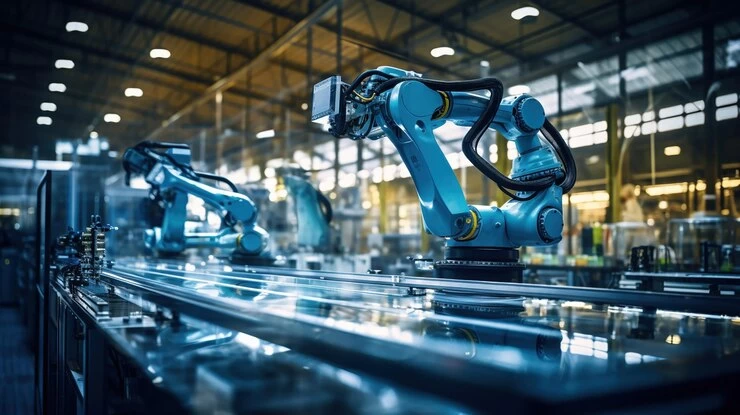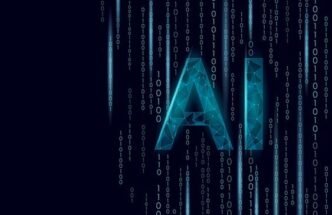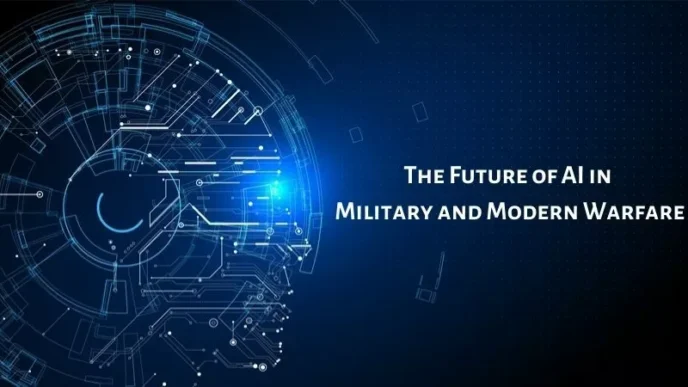A New Era of Factory Design and Operation
The manufacturing landscape is undergoing a seismic shift. With the advent of advanced technologies like artificial intelligence (AI), real-time collaboration tools, and physically accurate simulations, factories are poised to enter a new era of efficiency and innovation. At the forefront of this transformation is NVIDIA’s Omniverse™ platform, powered by Universal Scene Description (OpenUSD). This groundbreaking platform is enabling the creation of virtual factory digital twins—physically accurate replicas of production facilities that exist entirely in the digital realm.
These virtual factories are not just digital models; they’re dynamic, interactive environments that allow teams to design, build, simulate, operate, and optimize assets and processes with unprecedented precision. In this blog, we’ll explore how NVIDIA Omniverse, AI, and OpenUSD are revolutionizing factory facilities, ushering in a complete AI ecosystem revamp that promises to redefine the future of heavy industries.
The Power of Virtual Factories
Improved Communication and Decision-Making
One of the most significant advantages of virtual factories is the enhancement of communication among project stakeholders. During facility design, construction, and commissioning, teams can visualize and interact with the most current data in real-time. This streamlined communication ensures that decisions are made in context, reducing misunderstandings and accelerating project timelines.
Simulation of Ideal Layouts
Virtual factories enable teams to simulate and optimize facility designs for production efficiency, material flow, ergonomics, and safety. By connecting virtual factories to simulation tools, organizations can test various layouts and processes without the cost and time associated with physical prototypes.
Optimization of Operations
Integrating virtual factories with real-time production data allows teams to identify, analyze, and resolve operational issues swiftly. This integration leads to continuous improvement in processes, reduced downtime, and increased productivity.
Training and Testing Autonomous Systems
For AI and robotics developers, virtual factories offer a risk-free environment to develop and test the generative physical AI that powers autonomous systems. These simulations are crucial for refining the algorithms that will be deployed in physical factories, ensuring safety and efficiency.
NVIDIA Omniverse: The Backbone of Virtual Factory Solutions
Unified Data Pipelines and Collaborative Workflows
NVIDIA Omniverse, built on OpenUSD, provides developers with APIs, SDKs, and NVIDIA technologies that bring data interoperability to the forefront. By unifying complex data pipelines, developers can facilitate new levels of collaboration between planning and operations teams. This unity allows stakeholders to interact with, review, and modify factory plans and operations together, in real-time.
Physically Accurate Simulations
Leveraging NVIDIA RTX™ technology, NVIDIA Isaac™, and NVIDIA Modulus, developers can deliver physically accurate digital twins of production facilities. These tools harness the latest AI, computer graphics, and robotics capabilities to create simulations that closely mirror real-world physics.
AI-Enabled Optimization and Assistance
Developers can integrate AI into their virtual factory solutions using NVIDIA Metropolis for Factories, NVIDIA cuOpt™, and NVIDIA ACE. These integrations enable users to optimize facilities for complex automation, material flow, safety, and human-robot interaction. The result is a smarter, more efficient factory that can adapt to changing demands.
Easy-to-Use Developer Tools and Application Building Blocks
To expedite the development process, NVIDIA provides SDKs, NIM™ inference microservices, low- and no-code Python or C++ development tools, learning labs, reference architectures, workflow guides, and customizable extensions and app samples. These resources allow developers to build, deploy, and scale their solutions quickly and efficiently.
Embracing OpenUSD: The Open and Extensible Ecosystem
Universal Scene Description (OpenUSD) is more than just a file format; it’s an open and extensible ecosystem for describing, composing, simulating, and collaborating within 3D worlds. OpenUSD offers a collection of fundamental tools and capabilities that accelerate workflows, teams, and projects. Whether you’re creating assets and environments for large-scale, connected virtual worlds or building the tools that make these worlds possible, OpenUSD provides everything you need.
By developing solutions on OpenUSD, developers unify complex data pipelines and bring new levels of collaboration to planning and operations teams. This open standard ensures that teams can interact with, review, and modify factory plans and operations together, in real-time, fostering a more collaborative and efficient environment.
Getting Started: Building Virtual Factory Digital Twins
Embarking on the journey to build virtual factory digital twins begins with NVIDIA Omniverse’s developer tools, SDKs, and APIs. Here are some steps to get you started:
- Explore NVIDIA Omniverse Resources: Visit the NVIDIA Omniverse Developer Resource Center to access tools, documentation, and tutorials.
- Review the Factory Digital Twin Reference Architecture: Gain insights into successful digital twin initiatives by reviewing the Factory Digital Twin Reference Architecture.
- Take a Free Course: Enroll in a free course from the NVIDIA Deep Learning Institute to enhance your skills in AI and digital twin development.
- Read the Generative AI for Digital Twins Guide: Learn how generative AI powers digital twins by reviewing the Generative AI for Digital Twins Guide.
- Join the Community: Engage with other developers and experts in the field through forums and community events to share knowledge and collaborate on projects.
Recommended Systems for Omniverse Development
To develop effectively on NVIDIA Omniverse, it’s essential to have systems that can handle the platform’s scale and complexity. NVIDIA-Certified Systems™ are purpose-built for these workloads. These enterprise-ready systems are tested and optimized to run Omniverse applications, ensuring that you have the performance and reliability needed for your projects.
Explore the range of certified systems here: NVIDIA-Certified Systems
Conclusion: The Future is Now
The integration of NVIDIA Omniverse, AI, and OpenUSD is not just a technological advancement; it’s a paradigm shift in how factories are designed, built, and operated. Virtual factory digital twins are unlocking new possibilities, from improved communication and decision-making to the optimization of operations and the training of autonomous systems.
This drastic shift in factory facilities represents a complete AI ecosystem revamp. It empowers teams to work more collaboratively, make informed decisions faster, and leverage AI to optimize every aspect of factory operations. The future of manufacturing is here, and it’s virtual, intelligent, and more connected than ever before.
Further Exploration
Links and Resources
- NVIDIA Omniverse Developer Resource Center: https://developer.nvidia.com/nvidia-omniverse
- Factory Digital Twin Reference Architecture: https://developer.nvidia.com/factory-digital-twin-reference-architecture
- NVIDIA Deep Learning Institute: https://www.nvidia.com/en-us/training/
- Generative AI for Digital Twins Guide: https://developer.nvidia.com/generative-ai-digital-twins-guide
By embracing these cutting-edge technologies, manufacturers can stay ahead of the curve, drive innovation, and create more efficient, safe, and productive factory environments. The journey towards fully realized virtual factories is just beginning, and with NVIDIA’s suite of tools and platforms, the possibilities are limitless.













